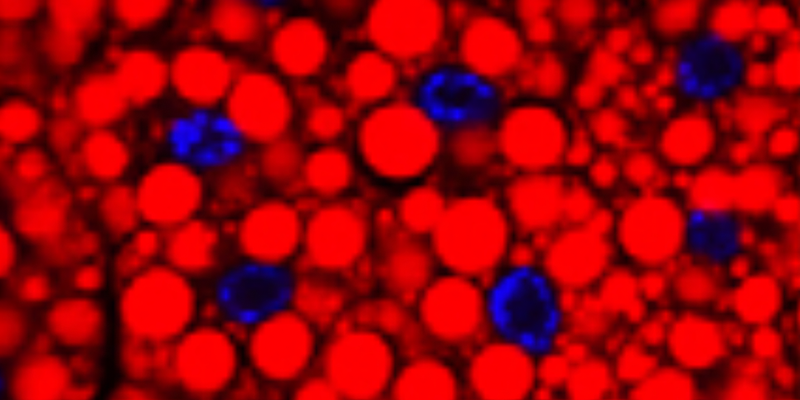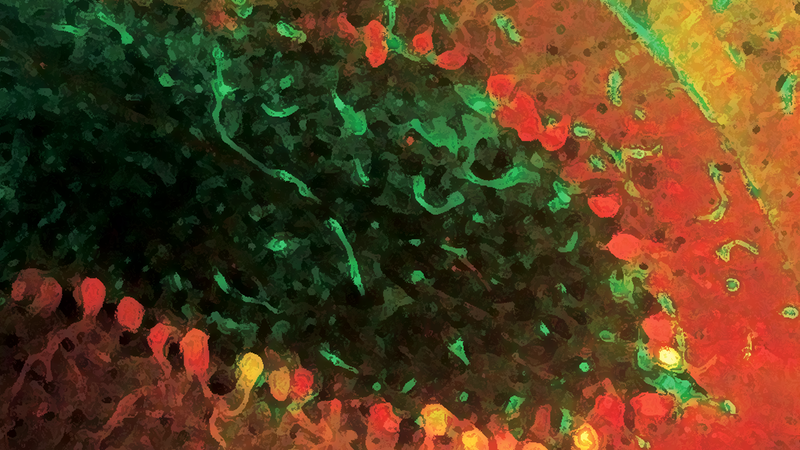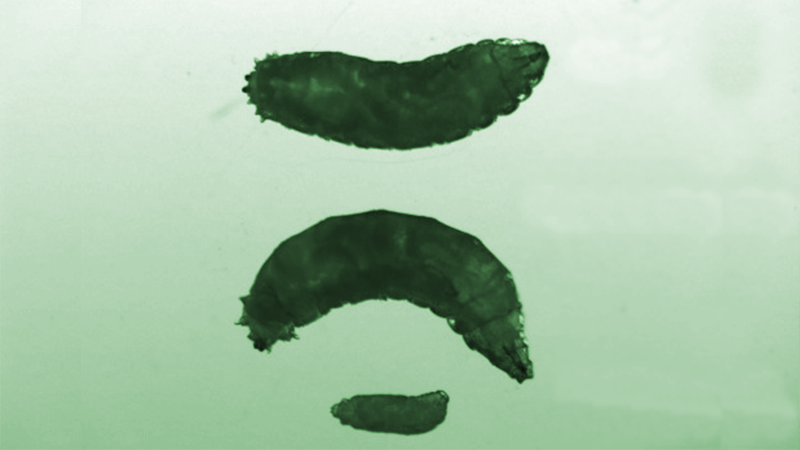
by Tom Hartl | Oct 7, 2015 | Blogposts |
Lipids are stored in cellular locales called “lipid droplets.” The lipid droplet surface is a lipid monolayer coated with specific proteins. The best known lipid droplet surface proteins are “PAT” (Perilipin, ADRP and TIP47) domain proteins, or “Perilipins.” Inside...

by Tom Hartl | Sep 7, 2015 | Science |
Our medicinal chemistry advisor and pharm/tox consultant have asked me, “Do flies have livers?” I didn’t fully appreciate why they were asking me this until learning more about drug metabolism. In the body, foreign substances, or “xenobiotics,” (pesticides, cleaners,...

by Tom Hartl | Jul 15, 2015 | Science |
Niemann-Pick C (NPC) is a tragic neurodegenerative disease that is often referred to as childhood Alzheimer’s disease. 95% of patients with NPC carry mutations in the npc1 gene, which codes for the Npc1 protein. Npc1 resides in lysosomes and is necessary for...

by Tom Hartl | Feb 24, 2015 | Science |
We are currently carrying out screens to find small molecules that could one day become a Niemann-Pick Type C (NPC) therapy. Patients with NPC carry mutant, or defective, copies of the npc1 gene. Like many human disease genes, the npc1 gene also exists in fruit flies....

by Tom Hartl | Sep 25, 2014 | Science |
Scientists utilize an array of organisms to gain insight into the mechanisms underlying disease. Among the most commonly used organisms is the fruit fly, Drosophila melanogaster. There are three main reasons that the fly is a terrific organism to study human diseases....







